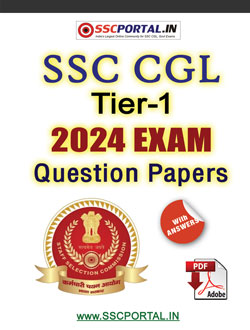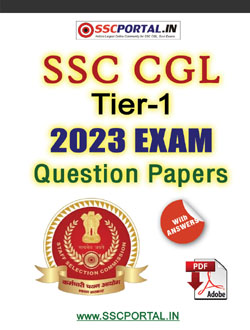Study Material for SSC CGL, CHSL, MTS, Prasar Bharti, FCI Exams : Geography
Geography
SOLAR SYSTEM
Important Facts
Biggest planet : Jupiter
Smallest plant : Mercury
Satellite of Earth : Moon
Nearest planet from Sun : Mercury
Farthest planet from Sun : Neptune
Nearest planet to Earth : Venus
Brightest planet : Venus
Brightest star : Dog Star
Planet having maximum number of satellite : Jupiter (63)
Coldest planet : Neptune
Red planet (seen at night) : Mars
Heaviest planet : Jupiter
Biggest satellite of solar : Ganymede system
Smallest satellite of solar : Demos system
Blue planet : Earth
Red planet : Mars
Morning star : Venus
Evening star : Venus
Sister of Earth : Venus
9th planet : Karla
Sun
- Distance from Earth: 149.6 million km (Approximately).
- Critical value of absolute visual magnitude 4.83
- Diameter: 13,92,000 km
- Temperature of Code: 20-15 million Celsius Apparent surface temperature: 5778°C (6000°C approximately)
- Rotational period: 25 days, 3 hrs., 21 minutes, 136 seconds (in reference of equator) 33 days (in reference to pole)
- Chemical composition: Hydrogen-69.5%, Helium-28%. Carbon, Nitrogen and Oxygen-2%, Magnesium, Sulphur, Silicon and Iron 0.5%
- Age: 5 billion years (approximately)
- Possible life of normal star 10 billion years (approximately)
- Equatorial radius: 6,95,500 km (approximately)






